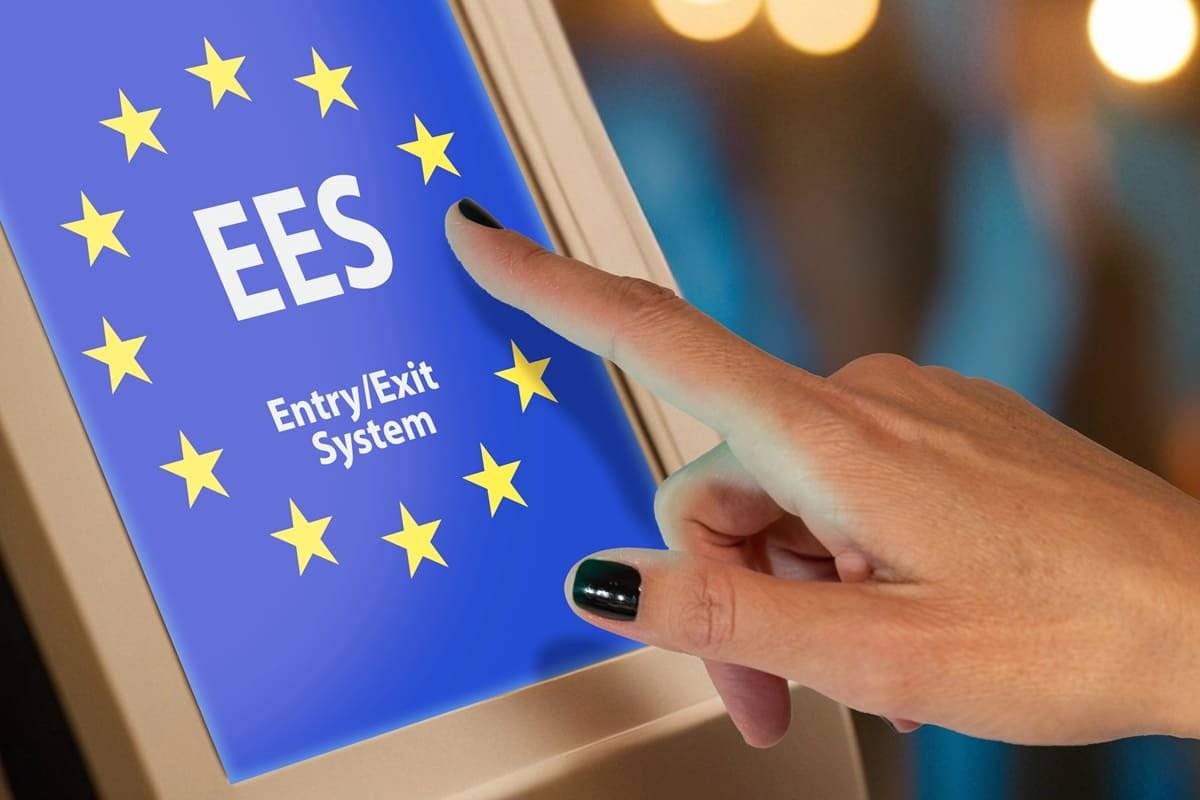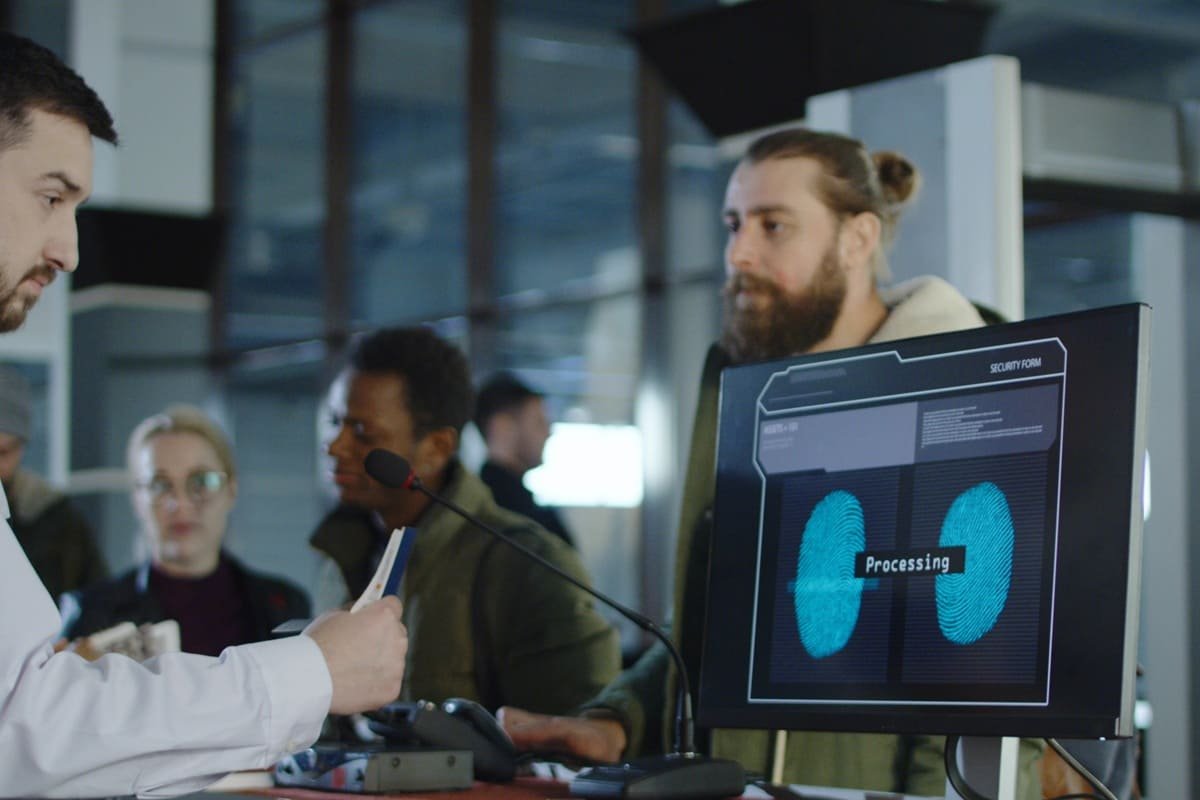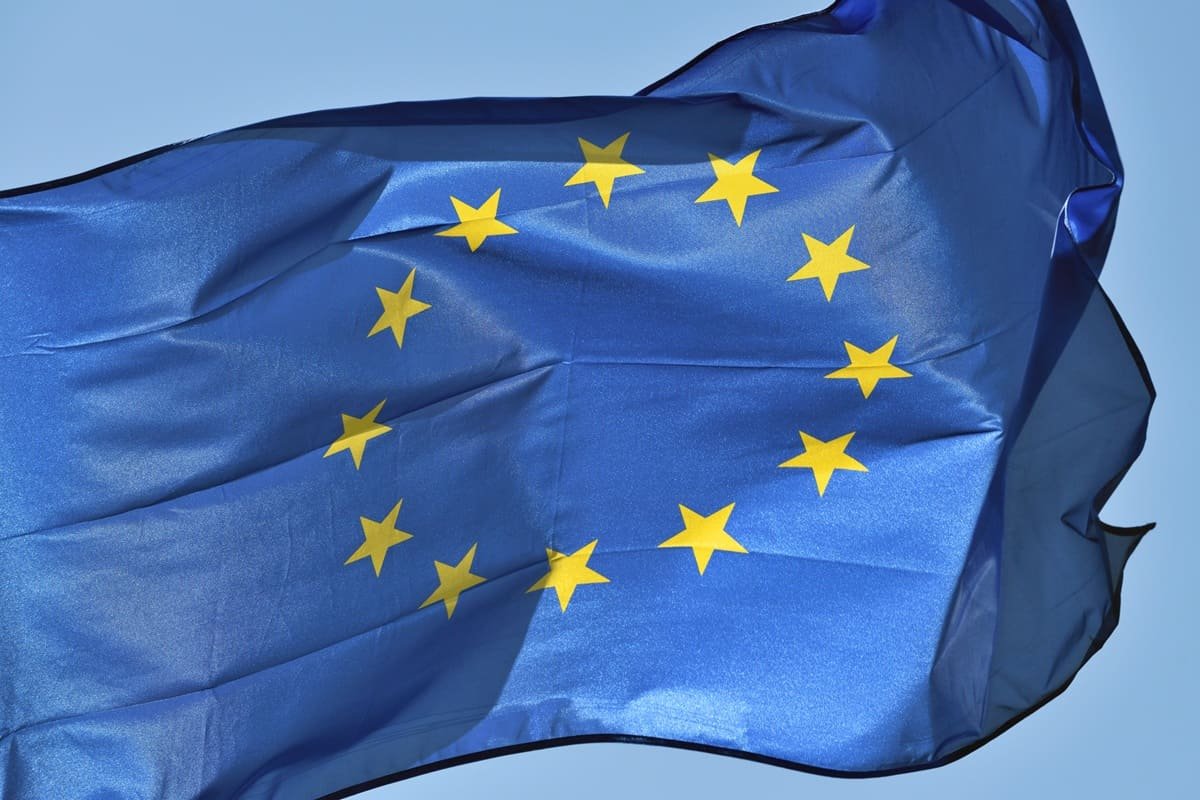As the Schengen Area marks its 40th anniversary, the European Commission has unveiled a bold roadmap to modernize border management. With a focus on digitizing visas, rolling out the EES and ETIAS systems, and strengthening cybersecurity, the EU is shaping a more seamless, secure, and digitally-driven Schengen zone.
As the Schengen area celebrates its 40th anniversary, the European Commission is publishing an ambitious strategic report, entitled “2025 State of Schengen Report”, which projects the area of free movement into a new digital era.
This symbolic milestone marks not only an anniversary, but also a turning point: that of a modernized, secure and more integrated Schengen area than ever before.
At the heart of this transformation are three pillars: digitized visas, the implementation of the Entry/Exit System (EES) and the European Travel Information and Authorization System (ETIAS), and a stronger governance model for Schengen, all in response to today’s evolving geopolitical challenges.
Schengen visa: toward a unified digital ecosystem by 2028
Following the adoption of a legal framework for digital visas in 2023, the EU is now preparing to launch an integrated visa application system. The goal? A centralized online platform for visa applications, expected to be under development by 2026 and fully operational by 2028.
This portal will allow third-country nationals to apply for visas online, track their application status, and receive a fully digital visa in the form of an encrypted barcode, ultimately replacing the traditional sticker visa.
But the digital shift doesn’t stop there. As part of its October 2024 proposal on digitizing travel documents, the Commission is also pushing for a standardized European digital travel document and a new EU mobile app. These innovations aim to streamline border checks and deliver a frictionless travel experience across Schengen.
EES & ETIAS: two digital pillars for a safer Schengen
Starting in October 2025, the Entry/Exit System (EES) will be gradually rolled out. It will electronically log entries, exits, and refusals of entry for non-EU travelers crossing external borders. EES will replace manual passport stamping with an automated system using biometric data to track stay durations and detect visa overstays more effectively.
The European Travel Information and Authorization System (ETIAS), set to launch at the end of 2026, will require travelers from visa-exempt countries to obtain electronic travel authorization before visiting Schengen. Valid for three years and costing €7, ETIAS will be entirely digital, helping authorities pre-screen travelers and identify potential security threats before arrival.
As the world’s largest and most popular area of free movement, we must step up our efforts to further develop, reinforce and modernise Schengen. That means improving security cooperation between law enforcement in Member States, accelerating digitalisation of border management systems such as the Entry-Exit system to prevent security risks and ensure more effective returns.
Magnus Brunner, Commissioner for Home Affairs and Migration
External borders: boosting efficiency and EU solidarity
Alongside its tech initiatives, the Commission is emphasizing the need for more coordinated and effective management of the EU’s external borders. In 2025, it will step up operational support to member states facing migration pressures, including through greater deployment of Frontex personnel and resources.
A key focus will be implementing the new rules under the EU Pact on Migration and Asylum, especially regulations on border screening and the return of irregular migrants. These aim to strengthen border protection while upholding fundamental rights.
The EU also plans to deepen cooperation with non-EU countries, both countries of origin and transit, to better manage migration flows, prevent irregular departures, and encourage voluntary or enforced returns.
A Schengen ready for the digital era
The Commission is pushing for a major overhaul of how border management is structured, shifting away from solely physical checks toward a smart, integrated digital architecture.
This includes new rules, set for adoption in January 2025, on Advance Passenger Information (API), enabling more efficient data sharing between carriers and border or law enforcement agencies, while still safeguarding privacy and data protection.
To manage the technical rollout, EES will be deployed over a six-month period, allowing member states time to upgrade their infrastructure. The Commission is urging co-legislators to swiftly adopt this timeline and calling on member states, the Parliament, the Council, and eu-LISA to ensure both EES and ETIAS are fully operational on schedule.
At the same time, the EU plans to fast-track the integration of advanced technologies into border management, investing in cybersecurity, real-time threat detection, and sovereign European tech solutions. Stronger collaboration with Schengen countries, tech innovators, researchers, and institutions is seen as essential to reinforcing the system’s resilience in an age of hybrid threats and rapid change.







